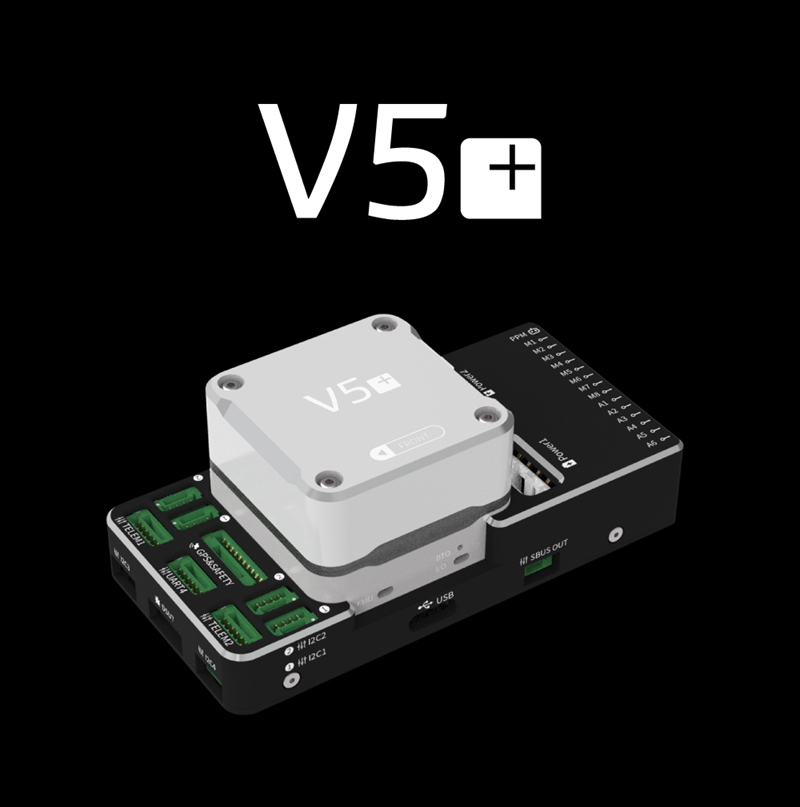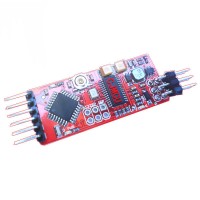
İnsanlı hava araçları veya uydu görüntülerine göre de düşük maliyetli, hassas, hızlı ve analitik çözümler üretebilmektedir. İnsansız hava araçları bu alanlardan veri toplayabilmek için çeşitli aktif veya pasif sensörlere sahiptir ve taşıdıkları bu sensörler ile yüksek doğrulukta veriler elde edebilmektedir. Askeri olmayan kullanımlar için geliştirilen insansız hava araçları, günümüzde haritacılık başta olmak üzere, ziraat, madencilik, inşaat, doğal afet izleme, meteoroloji, arkeoloji gibi alanlarda sıkça kullanılmaktadır. In the end, this survey reports the essential requirements of UAVs in civil applications from a navigation point of view.īaşlarda sadece askeri ve gözetleme amacıyla kullanılan insansız hava araçları, son yıllarda gelişen teknoloji ile birlikte maliyetlerin düşmesi ve erişebilirliğin artmasıyla, mühendislik uygulamalarında, bilimsel çalışmalarda ve sivil kullanımlarda da kendine yer bulmaya başlamıştır. This paper presents a review of the essential aspects of drone navigation methods and their applications. Vision-based navigation of UAVs using locality sensors and cameras has also discussed with the safety aspects of a drone’s successful operation. Additionally, we also focus on the role of artificial intelligence paradigms for autonomous drone navigation. It describes various properties for navigating, like drone control architecture, deployed hardware-technologies, implemented algorithmic models, drone trajectory planning, and drone communications technologies requirements. The paper encompasses both the indoor and outdoor aspects of navigation. This survey paper lists the importance of UAVs and their various applications. The navigation in drones is always a significant challenge as it depends on multiple aspects of technologies, which include both hardware and software. These UAVs have applications ranging from surveillance, the cinematography in movies, communication, transportation, agriculture, delivery of goods, and rescue operations in various scenarios. In the past decade, unmanned aerial vehicles (UAVs) are gaining a lot amount of importance in the field of research and development. According to the results, the average yaw angle error during the mission, |θy,des -θy|, is approximately 8°, and the average pitch angle of the gimbal during the mission, |50° - |θc||, is less than 5°. This paper explains the system operation scenario, UAS component, and simulation and experimental results.

After the SILS experiment, we used an F450 UAV and an actual maritime UAV to perform pre-flight and flight experiments sequentially. To safely test the UAS performance before the maiden flight in an ocean area, we first evaluated PX4 and ROS-based SW through indoor software-in-the-loop simulation (SILS) by using the Gazebo tool. Managing the yaw direction involves controlling the UAV based on the micro air vehicle link (MAVLink) message-based robot operating system (ROS), MAVROS. To prevent the obtained solar reflectance from affecting the multispectral and RGB data and to improve the quality of the obtained data, we maneuvered the yaw so that it would always deviate 135° from the solar azimuth angle, with the sun at its rear. Specifically, we developed both hardware (HW) and SW to control the yaw and gimbal pitch directions of a UAV conveying multispectral and RGB cameras.
#Aiop v2.0 uav 433mhz autopilot gps flight control system software
We studied the UAS-consisting of an unmanned aerial vehicle (UAV), a ground control station, and a server-with respect to its electrical, mechanical, and software (SW) configurations. The system contains various environmental monitoring sensors that measure wind speed and direction, temperature, relative humidity, atmospheric pressure, fine dust, and multispectral and RGB data.

We developed an octocopter-based unmanned aerial system (UAS) to monitor remote environments.


 0 kommentar(er)
0 kommentar(er)
